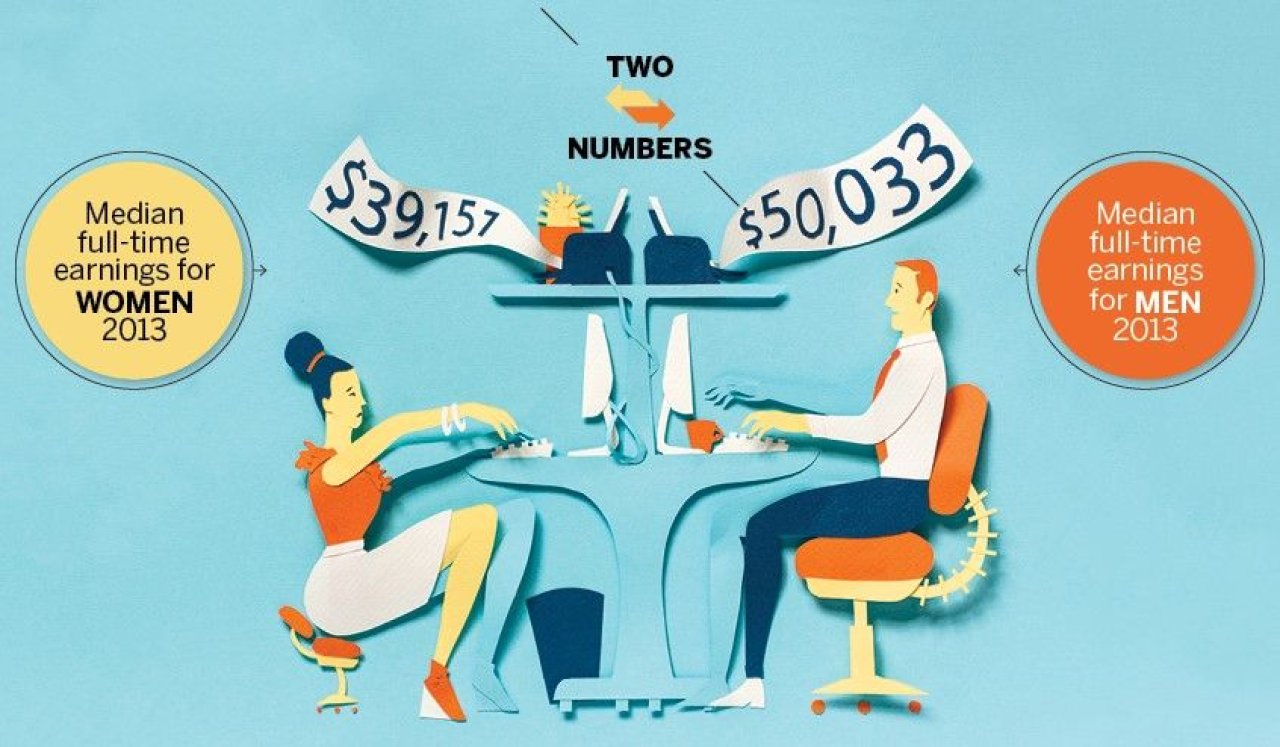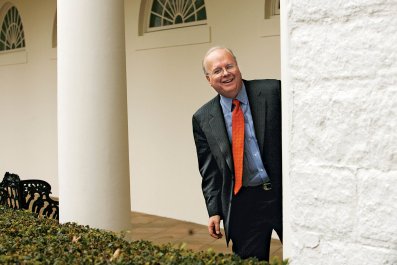For decades now the pay gap between men and women has been debated in the United States. Does the gap really exist or can it be explained away by the choices women make in their education, careers and lifestyles?
The pay gap is equal to the difference between median full time earnings for men and women, according to figures collected each year from the Census Bureau. Last year, the gap was 22 percent, meaning that a typical woman over the age of 15 working full time earned 22 percent less than a typical male over the age of 15 working full time. But there are big regional differences with the smallest pay gap found in Washington, D.C., at around 9 percent and largest in Louisiana at 34 percent. The current pay gap is at a record low, well below the 40 percent gap measured in 1960. But since around 2000 or so the pace of that reduction has slowed.
The latest research suggests that while some of the gap can be explained away, not all of it can. And that may point to other factors at work such as gender discrimination or child rearing. According to a study published this fall by the American Association of University Women, after taking into account college major, occupation, economic sector, hours worked, months unemployed since graduation, grade point average, type of undergraduate institution, institution selectivity, age, geographical region and marital status, researchers still found a 7 percent difference in the earnings of male and female college graduates one year after graduation. They also found that gap increased with age, growing to 12 percent 10 years after graduation.
In another recent study, Nicole Kreisberg, senior research analyst at the American Institute for Economic Research, compared the size of the wage gap in the financial industry with the technology industry. After controlling for educational differences, geographic differences, employment status, occupation, race, ethnicity and other characteristics, she found that the pay gap amounted to an annual $14,067 in finance and $6,358 in technology. When she examined the effect from marriage and child rearing, she found no effect on pay from marriage in technology, but the effect in finance increased the pay gap by $2,500. The technology field presents other issues. For women with at least one child compared to men and women with no children, the pay gap in technology almost doubled to $11,000.
The message to American women is, "you've come a long way, baby." But there's still a long way to go.


























